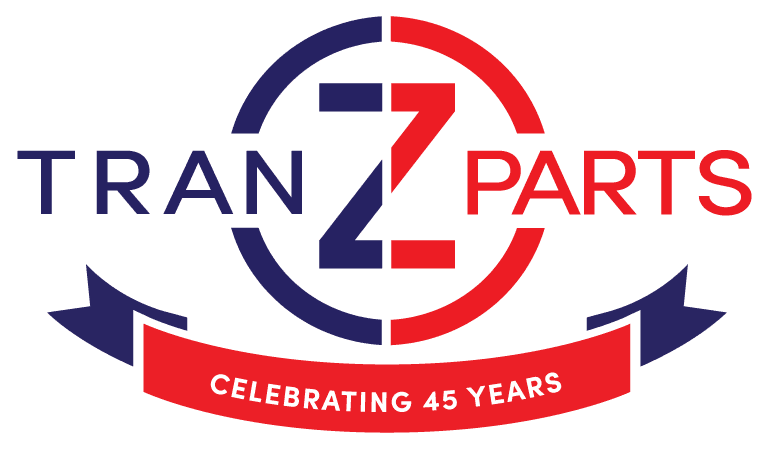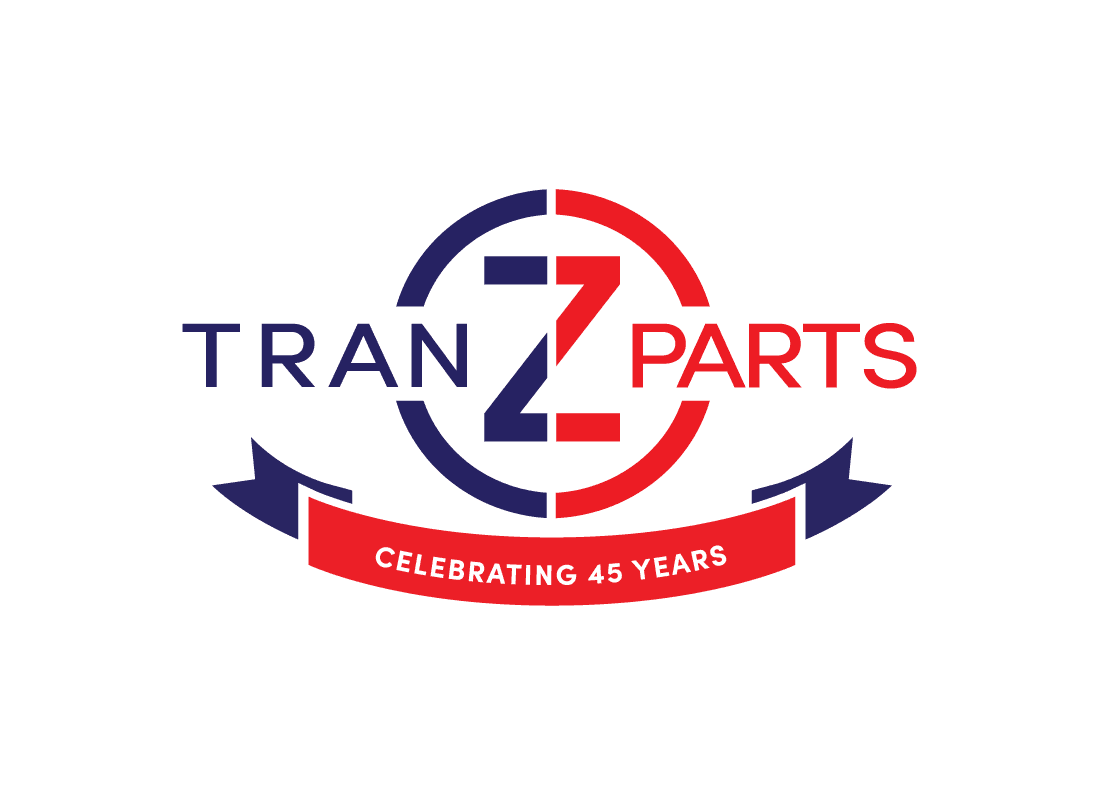As of 28th October 2024, the Direct Vision Standard (DVS) Phase 2 requirements come into full effect across Greater London. These new standards impact all heavy goods vehicles (HGVs) over 12 tonnes that operate in the capital, with updated compliance criteria designed to significantly improve safety on London’s roads. The goal is to minimise blind spots, reduce road accidents, and enhance protection for vulnerable road users such as pedestrians and cyclists. HGV operators need to understand the implications of DVS Phase 2, the steps required to comply, and the consequences of non-compliance to ensure a smooth transition under the new guidelines.
DVS Phase 2 requires HGVs to achieve a minimum of a three-star rating or, for vehicles rated below this threshold, the installation of the Progressive Safe System (PSS) to enhance safety. Non-compliant vehicles without an approved permit may face penalties of up to £550 per day, so it is essential for operators to take timely action. Below, we’ll answer some of the most common questions regarding DVS Phase 2 and provide guidance on how to keep your fleet compliant.
Frequently Asked Questions about DVS Phase 2
What is the Direct Vision Standard (DVS) and how does it affect HGVs?
The DVS, developed by Transport for London (TfL), is a safety standard focused on improving direct visibility for HGV drivers to reduce blind spots and improve road safety for vulnerable users such as cyclists and pedestrians. Under the DVS, HGVs are assigned a star rating between zero (very limited visibility) and five (excellent visibility) based on how much the driver can see directly through their cab windows. DVS Phase 2 now requires a minimum three-star rating, or that HGVs use the Progressive Safe System (PSS) if they cannot meet this rating.
What is the Progressive Safe System (PSS) in DVS Phase 2?
The Progressive Safe System (PSS) includes a range of safety features for vehicles that do not meet the three-star requirement. These include:
- Blind Spot Cameras: Providing a live view of areas around the vehicle that are not visible to the driver.
- Side Sensors: Alerting the driver when pedestrians or cyclists are within close range.
- Warning Alarms: Audible signals to warn nearby pedestrians and cyclists when the vehicle is turning.
- Class V and VI Mirrors: Specialised mirrors offering better front and side visibility.
- Proximity Warning Systems: Notifying the driver of road users close to the vehicle with visual and audible signals. These upgrades ensure enhanced safety even for vehicles lacking direct visibility, helping drivers detect vulnerable road users effectively.
Why is DVS Phase 2 being introduced?
DVS Phase 2 is part of London’s Vision Zero initiative, which aims to reduce all traffic-related fatalities and serious injuries by 2041. The new requirements address the need for improved visibility and additional safety measures to lower accident rates involving HGVs, creating a safer environment for all road users, particularly in busy, high-traffic areas of London.
Which vehicles must comply with DVS Phase 2?
All HGVs over 12 tonnes operating in Greater London must meet DVS Phase 2 requirements. Vehicles with a three-star rating or higher automatically qualify, while those with ratings below three stars must install the PSS to continue legally operating within the city limits.
How can I find out my vehicle’s DVS star rating?
The star rating for most HGVs can be obtained directly from the vehicle manufacturer, and TfL also offers a vehicle permit checker online where operators can confirm the star rating and permit status of their HGV. This is a quick way for operators to identify whether they need to install additional safety equipment.
What penalties apply for non-compliance with DVS Phase 2?
Vehicles that fail to meet DVS Phase 2 requirements and operate without a valid HGV permit in Greater London can incur daily fines of up to £550. These penalties accumulate for multiple violations, meaning that repeated non-compliance can result in significant financial consequences and disruptions to business operations.
Is there a grace period for operators to install the PSS?
TfL allows a grace period, but only for operators who applied before 28th October 2024. Vehicles granted this extension will have until 4th May 2025 to install the PSS. This temporary leeway aims to support operators in ensuring compliance, but it requires proof of scheduled installation and applies only to vehicles that received prior authorisation.
How do I apply for an HGV safety permit under DVS Phase 2?
HGV operators need to apply for a permit online through TfL’s DVS portal. When applying, operators will need to provide documentation proving the vehicle’s star rating or evidence that the PSS has been installed for lower-rated vehicles. Once approved, the permit authorises compliant HGVs to operate in Greater London without penalty.
What happens if my HGV does not meet the three-star rating?
HGVs that do not meet the minimum three-star rating must be retrofitted with the PSS. This equipment improves safety and minimises blind spots. Failing to install the PSS for vehicles below three stars will result in the vehicle being considered non-compliant, subjecting operators to fines and operational restrictions.
Can I increase my vehicle’s DVS star rating?
No, an HGV’s star rating is fixed and based on its design and direct visibility capabilities. Vehicles with lower ratings will need to utilise the PSS, as there is no way to alter the star rating after manufacturing.
What if my HGV has previously received a safety permit under DVS Phase 1?
Any permits issued under the previous DVS Phase 1 requirements, particularly for vehicles rated zero, one, or two stars, expired at 23:59 on 27th October 2024. To operate legally under DVS Phase 2, these vehicles must now be fitted with the PSS and obtain a new safety permit. Permits under the original Safe System are no longer valid.
How long does it take to install the PSS on an HGV?
The installation time for the PSS can vary based on the specific vehicle model and required components, typically ranging from a few hours to a full day. It’s advisable to schedule installation well ahead of the compliance deadline to ensure your fleet is ready without any operational delays.
What should I do if my vehicle is newly registered and hasn’t been assessed for a star rating?
Newly registered HGVs need to go through the star rating assessment process. Owners should check with the vehicle manufacturer for the assigned star rating or verify it using TfL’s online vehicle permit checker. Once rated, you can apply for a permit, or if necessary, install the PSS if the vehicle falls below the three-star threshold.
Are there any training requirements for drivers under DVS Phase 2?
Although there is no formal training requirement under DVS Phase 2, drivers are encouraged to familiarise themselves with the new equipment if the PSS is installed. Regular training on safety protocols and best practices for using blind-spot cameras, sensors, and alarms can further enhance safety and ensure effective use of the PSS, contributing to overall road safety.
Key Takeaways for HGV Operators
DVS Phase 2 brings significant regulatory changes for HGV operators in London. By requiring a minimum three-star direct vision rating or PSS installation, TfL aims to create safer roads and protect vulnerable users. For operators, this means ensuring that vehicles meet these standards is essential not only for compliance but also for avoiding substantial fines that could disrupt operations and impact profitability.
Don’t let your fleet fall foul of the regulations! We’re here to help you navigate this critical transition smoothly. Our team can assist you in ensuring your vehicles are DVS compliant, providing the proof you need to avoid costly penalties.
💡 Take Action Now! Contact us today to place your order for the necessary equipment and documentation. Let us help you stay compliant and protect your bottom line.
For further details and assistance with DVS Phase 2 compliance, please contact Tranzparts at 01772 698788 or email us enquiries@tranzparts.co.uk. Our team is here to support you in navigating these regulatory updates and ensuring your fleet’s safety and compliance.

We are thrilled to share a wonderful moment as our Managing Director, Daniel Walsh, and General Manager, Jonty Francis, cut a beautiful celebration cake to mark our 45th anniversary. This milestone is not just about looking back; it’s also a celebration of our journey, filled with achievements, challenges, and the incredible support from our customers. Alongside the cake, we proudly displayed a trophy, symbolising the hard work and dedication that have brought us to this point.
Daniel and Jonty want to extend their heartfelt thanks to all our loyal customers. Your unwavering support has played a crucial role in our growth and success over the years. We deeply appreciate the trust you’ve placed in Tranzparts to meet your truck, trailer, and bus parts needs. It is your partnership that motivates us to continue improving our services and expanding our product offerings.
As we celebrate this significant milestone, we are excited as we look forward to our 50th anniversary! This will be an opportunity to reflect on our journey together and honour everyone who has been a part of it.
Here’s to continued success and growth in the years to come! Thank you once again for being a vital part of the Tranzparts family. Together, we look forward to many more years of excellence and service.





Your writing has a way of making even the most complex topics accessible and engaging. I’m constantly impressed by your ability to distill complicated concepts into easy-to-understand language.
Your writing is like a breath of fresh air in the often stale world of online content. Your unique perspective and engaging style set you apart from the crowd. Thank you for sharing your talents with us.